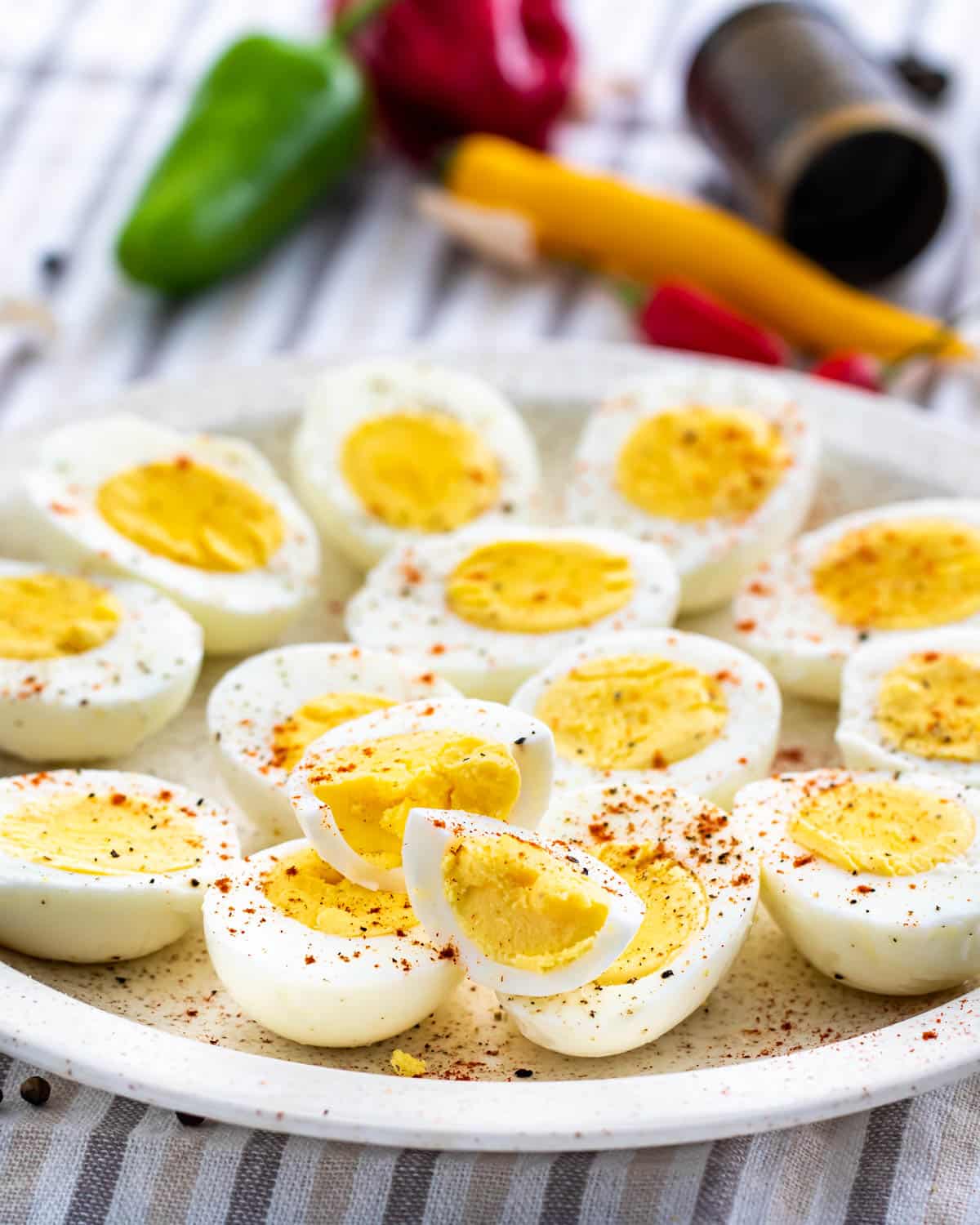Boil of an Egg
Mizanoor Rahman
May 20, 2023
Boiling an egg might seem like a simple task, but it's easy to overdo it and end up with a less-than-perfect result. In this guide, we'll cover everything you need to know about boiling eggs.
Step 1: Choose the Right Egg
Before you start boiling your eggs, make sure you have fresh eggs. You can test their freshness by putting them in a bowl of water - if they sink, they're fresh; if they float, they're not.
Step 2: Add Water to a Pot
Fill a medium-sized pot with enough cold water to cover the eggs, then place it on the stove over high heat.
Step 3: Bring to a Boil
Once the water is boiling, use a spoon or tongs to gently add your eggs to the pot. Be careful not to crack them!
Step 4: Set a Timer
For soft-boiled eggs with runny yolks and set whites, boil for 4-6 minutes. For medium-boiled eggs with slightly firmer yolks and whites, boil for 7-8 minutes. For hard-boiled eggs with fully cooked yolks and whites, boil for 9-12 minutes.
Step 5: Remove from Heat
When the timer goes off, immediately remove the pot from the heat source and pour out the hot water.
Step 6: Cool the Eggs
To stop the cooking process, cool the eggs by placing them in a bowl of ice water for at least 5 minutes. This will also help them be easier to peel.
Step 7: Peel the Eggs
Once cooled, take the eggs out of the ice water and gently tap them on a hard surface to crack the shell. Starting at the larger end of the egg, peel the shell away carefully using your fingers or a spoon.
Step 8: Enjoy Your Perfectly Boiled Egg
Now that you have a perfectly boiled egg, enjoy it as is or add it to your favorite dish.
Tip: Boiled eggs can be stored in the fridge for up to one week, making them a great snack to have on hand.
In summary, boiling an egg is a simple task that just requires some attention to detail. With this guide, you should be able to boil an egg with ease and impress your friends and family with your newfound culinary skills.
Most Popular
Boil of an Egg
May 20, 2023



0 Comments